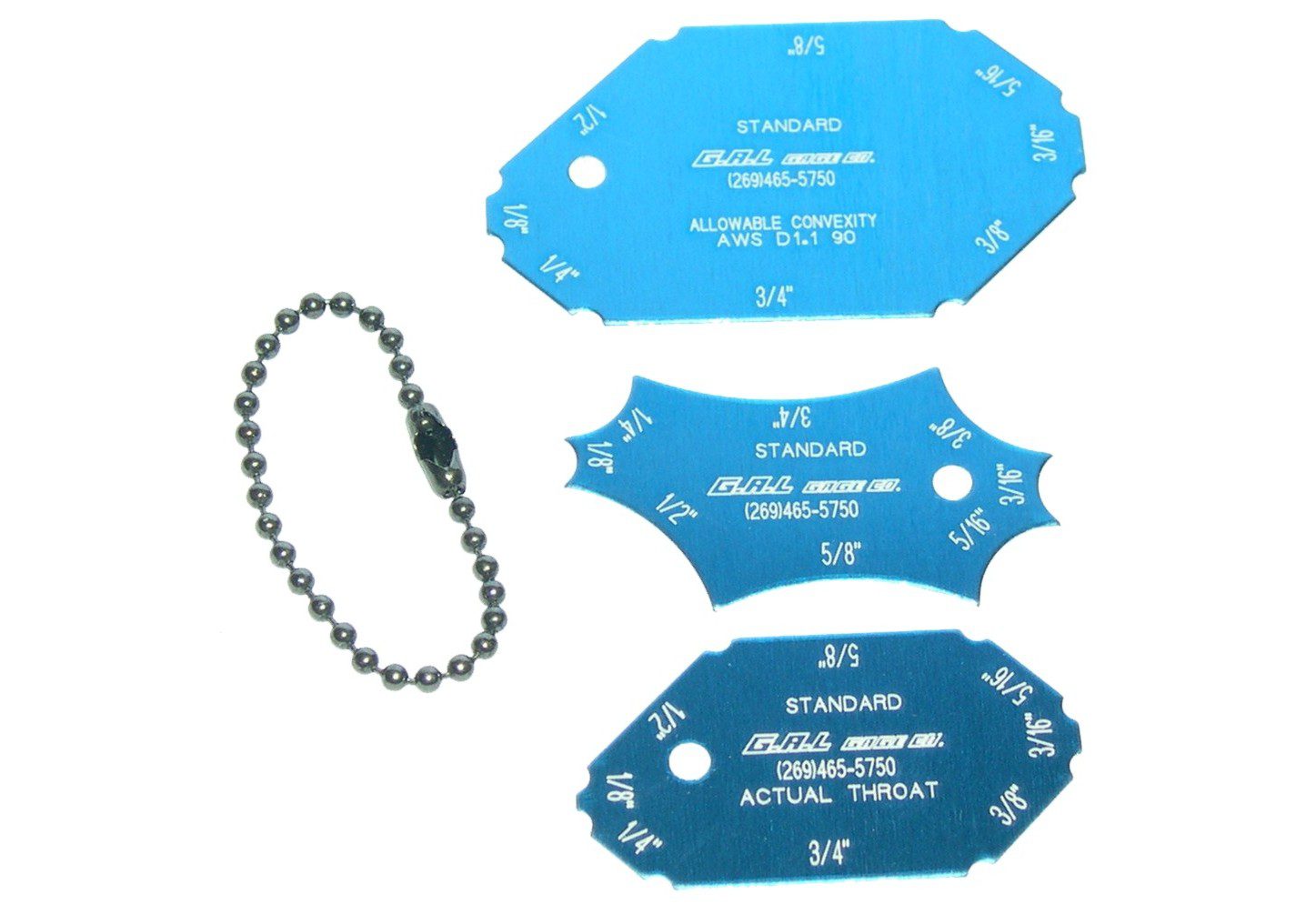Cutting-edge Tools and Approaches for Accurate Gauge Fillet Weld Measurements
Cutting-edge Tools and Approaches for Accurate Gauge Fillet Weld Measurements
Blog Article
Fillet Weld Layout Methods: Maximizing Joint Efficiency and Aesthetic Appeal for Structural Honesty
In the world of architectural engineering and construction, the relevance of fillet weld design techniques can not be overstated. By carefully thinking about elements such as weld profile optimization, material option, joint preparation strategies, welding procedure efficiency, and aesthetic improvement producers, approaches and engineers can attain a harmonious equilibrium between performance and appearance in their welded frameworks.
Weld Account Optimization


Attaining an optimum weld account involves a meticulous factor to consider of aspects such as material density, joint arrangement, welding placement, and desired welding rate. Furthermore, the selection of ideal welding specifications, such as voltage, existing, and take a trip rate, is basic in regulating the shape and measurements of the fillet weld. Utilizing advanced welding strategies, such as pulse welding or robotic welding, can further fine-tune the weld profile to fulfill certain design needs and high quality criteria.
Basically, weld account optimization is an essential element of fillet weld design that straight influences the general performance and dependability of bonded joints in architectural applications.
Material Option Considerations
When taking into consideration material option for fillet weld design, the compatibility of the base steels is an essential aspect affecting the structural honesty of the joint. It is important to pick materials that not only weld with each other efficiently yet also possess comparable mechanical buildings to make certain the load is uniformly dispersed in between the weld and the base steels. Welding products with significantly different residential properties can bring about issues such as tension focus, early joint failing, or fracturing.
Additionally, the environment in which the welded structure will certainly run must be taken into consideration when choosing products. Variables like deterioration resistance, temperature fluctuations, and exposure to chemicals can all influence the longevity and performance of the weld joint. By selecting materials that appropriate for the designated application and atmosphere, the total durability and dependability of the welded joint can be substantially improved.
As a result, detailed factor to consider of material compatibility and environmental factors is critical in making certain the weld joint's toughness, durability, and total architectural honesty.

Joint Prep Work Techniques
Thinking about the essential duty material selection plays in making sure the architectural honesty of fillet weld joints, it is important to execute exact joint prep work strategies that maximize the link in between the base steels. Joint prep work is a crucial step that straight affects Click This Link the quality and stamina of the weld.
In addition, appropriate fit-up of the joint is necessary to guarantee uniform distribution of the welding material and prevent problems like incomplete penetration or too much build-up. Beveling the sides of the base steels can produce a groove that permits deeper weld penetration and a stronger bond. Additionally, tack welding the parts in position prior to the last weld aids preserve placement and reduces distortion throughout the welding procedure. By thoroughly complying with these joint preparation methods, welders can enhance the total performance and aesthetics of fillet weld joints while making sure structural stability.
Welding Process Performance
Efficient welding procedures are necessary for achieving optimum efficiency and high quality in fillet weld manufacture. One essential facet of enhancing welding process efficiency is picking the appropriate welding method. Elements such as product type, joint layout, and welding setting must be meticulously thought about to figure out the most ideal technique. Processes like gas steel arc welding (GMAW) and flux-cored arc welding (FCAW) are commonly made use of for fillet welds due to their versatility and speed.
Additionally, making certain proper equipment setup and maintenance is vital for reliable welding. Regular calibration of welding machines, evaluation of consumables, and upkeep of welding lanterns can protect against downtime and rework, inevitably conserving time and sources. Additionally, employing knowledgeable welders with knowledge in the certain welding procedure being made use of can significantly impact efficiency. Well-trained welders are more adept at adjusting criteria, troubleshooting issues, and maintaining regular weld top quality.
Visual Enhancement Approaches
To maximize the quality of fillet weld fabrication, executing visual enhancement see techniques can play a crucial role in making sure accuracy and accuracy throughout the welding process. Visual aids such as weld size determines and magnifying lenses can aid in evaluating weld profiles and dimensions accurately. By integrating these visual enhancement approaches right into the welding process, welders can accomplish not just structurally audio imp source fillet welds but also visually enticing outcomes that satisfy market requirements.

Verdict
In conclusion, maximizing fillet weld style entails careful consideration of weld account, product selection, joint preparation, welding procedure efficiency, and visual enhancement approaches. By implementing these methods, architectural honesty can be improved while also accomplishing visual allure. It is necessary to focus on both performance and looks in fillet weld layout to ensure the overall high quality and longevity of the joint.
By meticulously thinking about aspects such as weld account optimization, product selection, joint preparation techniques, welding process efficiency, and visual enhancement fabricators, methods and engineers can achieve a harmonious balance between capability and look in their bonded frameworks.In the world of fillet weld style, enhancing the weld account plays a crucial role in making sure structural integrity and performance. The weld account, which consists of the dimension and form of the weld cross-section, straight affects the distribution of tension and load-bearing capacity within the joint. It is important to choose products that not just weld with each other successfully however also have comparable mechanical residential or commercial properties to ensure the lots is uniformly distributed in between the weld and the base metals - Gauge Fillet Weld.In conclusion, maximizing fillet weld style involves mindful consideration of weld account, product selection, joint prep work, welding procedure efficiency, and visual enhancement techniques
Report this page